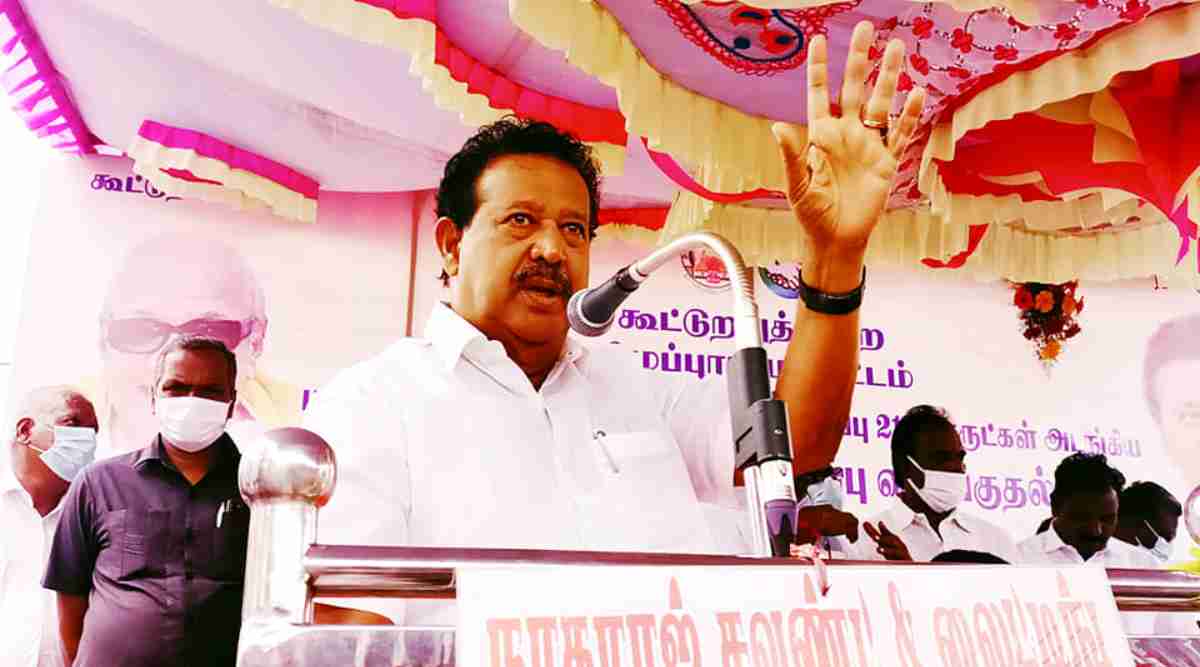TNEA 2025 Counselling: The Tamil Nadu Engineering Admissions (TNEA) 2025 has commenced. According to the tentative counselling schedule, this year, counselling registration and choice filling begins on July 7 for special categories, including ex-servicemen, sports and others. Following which general counselling round is scheduled to begin on July 14. Candidates will be required to log into the portal at tneaonline.org, and register themselves, and subsequently submit their choices for college seat allotment.
Earlier last month, the TNEA released the rank lists which was made available both as a general PDF list containing the application number, aggregate mark, general rank followed by community and community-wise rank. Alternately, they can log into the candidate portal and check their rank and scores.
When will TNEA 2025 General Counselling begin?
According to the tentative schedule announced on the website of TNEA, for candidates with aggregate marks between 200.000 and 179.000 and general ranks from 1 to 39,145, Round 1 of TNEA 2025 General Counselling will begin with choice filling from July 14 at 10 am, till July 16, 5 pm.
The tentative allotment will be released on July 17, and candidates will be required to confirm it the same day. The provisional allotment will follow on July 18, and candidates who opt to accept and join must confirm their seats before 10 am on July 19.
These candidates are then required to join their allotted colleges between July 19 and July 23. Meanwhile, those who select the Accept & Upward option should report to their respective TNEA Facilitation Centers (TFCs) by July 26, when the provisional allotment for upward opted candidates will also be published. Subsequent rounds will take place after round 1 completes.
TNEA 2025 Counselling: Expert tips to choose your preferred college during choice-filling
This year witnessed a record surge in participation, with 2,39,299 students entering the choice filling phase, nearly 40,000 more than last year. In such a highly competitive environment, selecting the right college and course goes beyond popularity or cutoffs. Students must adopt a well-researched, multi-factor approach to improve their admission chances and long-term outcomes.
Start with autonomous colleges for academic flexibility
One of the first criteria students should consider is whether a college is autonomous. Autonomous institutions offer greater academic flexibility, with quicker syllabus updates, industry-relevant course design, and more efficient exam and result systems. These factors make them better equipped to adapt to evolving industry needs and often lead to improved teaching-learning experiences.
Placement records should be evaluated over a three-year span
Story continues below this ad
When assessing placement performance, it is essential to look beyond the latest figures. Many colleges advertise only their highest packages or recent spikes, which can be misleading. Instead, students should analyse placement data from the last three years.
Consistent average salary packages, stable recruiter participation (including MNCs, core companies, and startups), and a functional placement cell with internship tie-ups are key indicators of reliability. For example, a college maintaining a Rs 4–6 LPA average salary with a Rs 6–9 LPA highest package over three years is more dependable than one showing dramatic one-time highs.
Look at cutoff trends over multiple years
Another common mistake is relying only on last year’s cutoff. Students should study cutoff data for at least the last three years to understand trends, stability, and the college’s demand level. They should also compare branch-wise and community-wise closing cutoffs. Colleges with consistently high closing scores—180 and above—can be considered top-tier, while those ranging between 150 and 180 are mid-range. Colleges with closing cutoffs below 130 require closer evaluation and further research before being considered.
Faculty profile determines academic depth
The strength of the teaching faculty plays a significant role in determining the academic environment of a college. While choosing institutions, students should try to identify whether the faculty have doctoral degrees, backgrounds from IITs or NITs, industry experience, or research exposure. Colleges with a high proportion of qualified, experienced, and research-active faculty tend to offer deeper academic engagement and better mentoring support.
Infrastructure and labs should support practical learning
Story continues below this ad
For engineering education, robust infrastructure is critical. This includes modern laboratories, digital classrooms, high-speed internet, and campus facilities that support innovation and research. Students are encouraged to take campus tours—either in person or virtually—and refer to student reviews or official college channels to understand the actual state of infrastructure.
Industry collaborations and centers of excellence add value
Students should give preference to colleges that have signed Memoranda of Understanding (MoUs) with top companies like TCS, Infosys, Google, or have government-supported Centers of Excellence. These institutions often allow students to work on live projects, gain industry certifications, and benefit from early exposure to practical challenges, all of which can enhance both employability and academic relevance.
Stream selection must align with career goals
While the institution is important, the choice of branch or course is equally crucial. Students should choose a stream based on their interest, aptitude, and long-term career aspirations. Whether opting for emerging fields like Artificial Intelligence or Data Science, or traditional disciplines like Mechanical or Civil Engineering, the focus should remain on relevance and interest. Trends and peer pressure should not dictate this decision. A well-matched stream can lead to more fulfilling academic engagement and broader placement opportunities.
Location can impact accessibility and opportunities
The geographical location of a college also matters. Students should consider travel convenience, hostel availability, and proximity to industrial or IT hubs. Colleges located near urban or industrial zones often offer more internship options, guest lectures, and placement exposure compared to those in remote locations.
Institutional quality: Additional filters to refine your list
Story continues below this ad
After evaluating academic and placement-related aspects, students should also refer to formal accreditation and ranking systems to validate their choices.
NAAC accreditation helps gauge overall institutional health
The National Assessment and Accreditation Council (NAAC) assesses institutions based on various parameters such as teaching-learning quality, infrastructure, governance, and academic outcomes. Colleges with NAAC grades of A++, A+, or A are considered high-performing. Those with B-level ratings offer moderate quality, while grades C or below may signal serious concerns. While NAAC should not be the only deciding factor, it can help differentiate between colleges that appear similar on the surface.
Use NIRF rankings judiciously
The National Institutional Ranking Framework (NIRF) provides annual rankings based on research, graduation outcomes, outreach, and other broad criteria. While these rankings are helpful, they should be used as a secondary filter. Colleges ranked within the top 300 generally indicate good performance but may differ significantly in terms of undergraduate teaching or student experience. Hence, NIRF should complement—not substitute—other more practical metrics like placements and academic quality.
Evaluate the course: Align branch selection with future scope
Apart from college selection, the branch of engineering a student chooses has a lasting impact on career direction. In many cases, a student may benefit more from pursuing a high-quality course in a mid-level college than opting for an irrelevant course in a top-ranked institution.
Story continues below this ad
Courses that are accredited by the National Board of Accreditation (NBA) are usually more industry-aligned and outcome-focused. NBA-approved branches typically feature better-designed syllabi, skilled faculty, and advanced labs, all of which improve both learning and placement outcomes.
Ultimately, students should select a course that not only aligns with current industry demand but also resonates with their personal interests. Streams like Computer Science, ECE, Mechatronics, or Biotechnology offer cross-industry applications and flexibility, while core branches like Civil and Mechanical Engineering continue to hold value, particularly in government and infrastructure sectors.
(With expert inputs from Dinesh Prabhu, Career Guidance Expert & Analyst)






